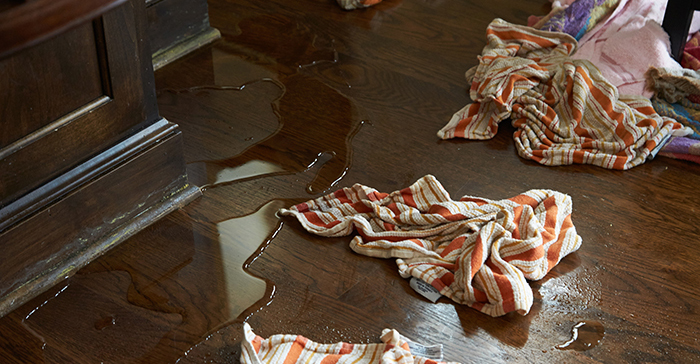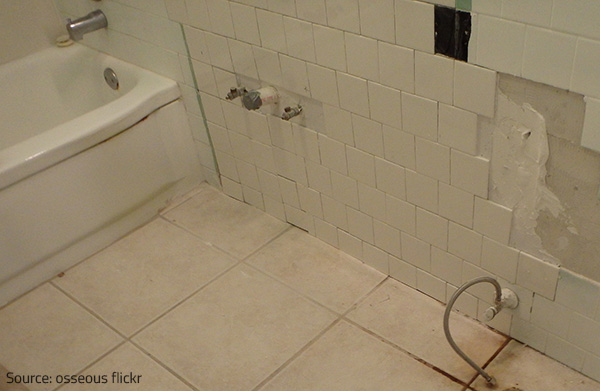Exactly How to Prevent Water Damage in Your Bathroom
Exactly How to Prevent Water Damage in Your Bathroom
Blog Article
Just how do you feel with regards to Common Causes of Water Damage in a Bathroom?

The shower room is very prone for wet buildup and also potential water damage due to the frequent use of water in it. This article provides easy evaluation methods to assist detecting water damage hazards.
The frequent use of water in the bathroom makes it extremely vulnerable for wet buildup and also possible water damages. By evaluating it consistently, you can decrease water related damages.
The adhering to collection of assessments is simple to carry out and also need to be done as soon as in every 3 months in order to maintain your shower room in good shape and to prevent potential water problems triggered by the bathtub, the shower, pipe joints and also plumbing, sinks, closets, and also the bathroom
Do not overlook carrying out these inspections and also be detailed while doing them. Bear in mind that these simple inspections can conserve you a great deal of money by providing very early indicators for water damage
Sinks and also Cabinets
Sinks and also cupboards are exposed to dampness as well as humidity day-to-day as well as are typically overlooked. Evaluate on a regular basis under the sink as well as on the countertop over it. Repair any kind of drip in the trap as it might recommend drain troubles. Browse the sink, slow draining pipelines may indicate an obstructed drain. Change sink seals if they are cracked or loosened.
Bathtub and also Shower
The shower as well as bathtub call for special focus as well as upkeep. Inspect the tiles as well as replace if fractured. Ensure that there is no missing out on grout in between the ceramic tiles. Inspect as well as replace split caulking at joints where the walls satisfy the floor or the tub. Clogged drains pipes and pipelines troubles will protect against the tub from drying out as well as might indicate severe problems underneath the bath tub. Talk to a professional instantly to avoid structural damages. Pay attention to stainings or soft locations around the bathtub wall surfaces as they may show an internal leakage.
Plumbing
Signs for water damages are hard to find because a lot of pipelines are installed inside the walls.
Pay special focus to flooring as well as wall surfaces dampness and spots as they might indicate an undetectable plumbing trouble. Check wetness degrees in adjoining spaces too.
The Toilet
The toilet is a susceptible water joint. Examine the water lines and also look for leakages around the toilet seat, in the hose, and under the water tank. If you discover any kind of indications of dampness on the flooring around the commode, look for leakages in the toilet edge and tank seals.
Understand that hanging bathroom bowl deodorants boosts the possibilities for obstructions.
How to Prevent Water Damage in Your Bathroom?
Water damage repair is an expensive, meticulous, and lengthy process. Unfortunately, bathrooms are the most susceptible rooms to water damage due to toilets, showers, and sinks. Pipes and fixtures wear out over time and are not immune to damage. But all is not lost, as there are ways to prevent water damage from occurring in your bathroom.
Check Your Plumbing
Nothing lasts forever, especially pipes, which can rust and begin leaking over time. You should periodically conduct pipe inspections and pay attention for any musty smells or water stains that may indicate you need water damage repair. Here are some things to check:
Frequently test valves for your toilet, shower, and sink to ensure they are properly working. Check faucet supply lines hidden under vanities and replace when needed. Replace cracked or deteriorating caulking along sinks, tubs, and showers. If you notice a clog in your sink, call in a professional. Since you can’t check the pipes in the wall, keep an eye out for stains, drywall bubbling, musty smells, and excess moisture; if the bathroom is on a second level, check the ceiling of the room directly below for these signs. Don’t Overwork Your Toilet
One of the most common reasons bathrooms need water damage repair is due to overflowing toilets. Save yourself the hassle of cleanup by being mindful and not pushing your toilet to extreme limits. If you have young children, it is especially important to keep an eye on them when they are in the bathroom and to teach them how to avoid clogging the toilet. Here are some more tips to help prevent your toilet from overflowing:
If you have a septic tank, only use septic-safe toilet paper Do not flush anything down the toilet besides toilet paper; items like diapers and sanitary napkins will clog the piping Pay attention to your toilet’s water level: If it’s low, it could mean it is partially clogged or that there is a crack in the toilet bowl Maintain Your Shower/Tub
Replace showers or tubs with cracks or other damage; even hairline cracks can allow water to seep in and cause damage. Grout and caulk help prevent water from seeping into walls and floors, so repair them if they are chipped, cracked, or deteriorating. Replace torn shower curtains or shower doors with seals that no longer work. Dry the floor and drain water from the tub immediately after use to prevent damage from sitting water. https://www.alure.com/home-improvements-blog/resources/how-to-prevent-water-damage-in-your-bathroom

We had been made aware of that write-up about How to Repair and Prevent Bathroom Water Damage from a friend on our other site. Please set aside a second to share this blog if you enjoyed reading it. Many thanks for your time. Come back soon.
Browse Website Report this page